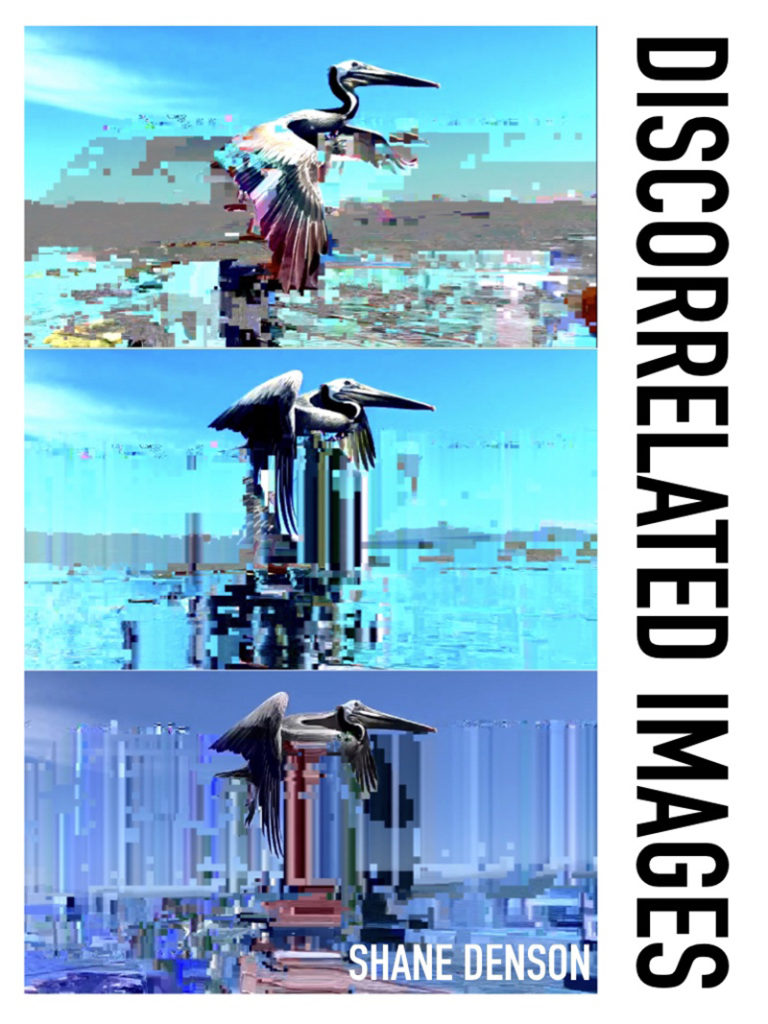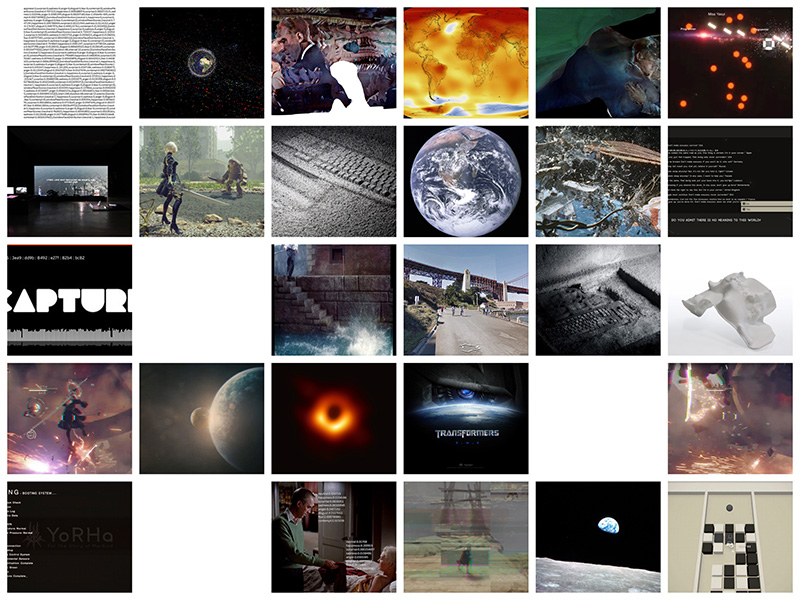Discorrelated Images – Shane Denson, Duke University Press

Discorrelated Images explores the transitional spacetime between cinema and post-cinema. More precisely, it probes the transformational temporal and spatial articulations of contemporary moving images and our perceptual, actional, and affective interfaces with them as they migrate from conventional forms of cinema and enter the computational systems that now encompass virtually every aspect of audiovisual mediation. While the generation, composition, distribution, and playback of images increasingly become a matter of algorithms, software, networks, and codecs, our sensory ratios (as Marshall McLuhan called them) are being reordered, our perceptual faculties are being reformed (or re-formed) in accordance with the new speeds and scales of imaging processes. In a post-cinematic media regime, that is, both the subjects and the objects of perception are radically transformed. Older relations – such as that between a human subject and a photographically fixed object – are dissolving, and new relations are being forged in the microtemporal intervals of algorithmic processing. With the new objects of computational images emerge new subjectivities, new affects, and uncertain potentials for perception and action. This book theorizes discorrelated images as potent vectors of subjective and social transformation before turning to specific movies, genres, and digital media objects that help us make sense of our changing world.

Chapter 6: Post-Cinema After Extinction
This chapter argues that contemporary moving-image media are related materially, culturally, and conceptually to our still nascent experience of the Anthropocene. More specifically, post-cinematic images are tied to the threat of extinction – the ultimate site of discorrelation – which comes to serve as the experiential horizon for our actions and images alike. The chapter looks at planetary imagery and extinction scenarios in movies such as Melancholia, videogames like NieR:Automata, and artworks such as Grégory Chatonsky’s generative and post-apocalyptic images in order to understand the broadly ecological implications of discorrelation. Updating Vivian Sobchack’s groundbreaking phenomenology of screen experience for our era of ubiquitous computing and climate change, this final chapter argues that discorrelation involves an existential reshaping of experience, such that microtemporal processes are connected with macro-level transformations and the phenomenological “world” is re-cast in light of the possibility of planetary demise.
